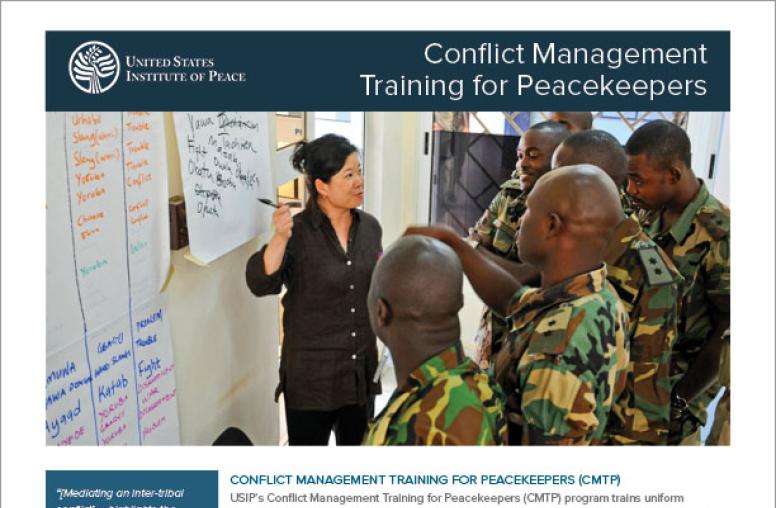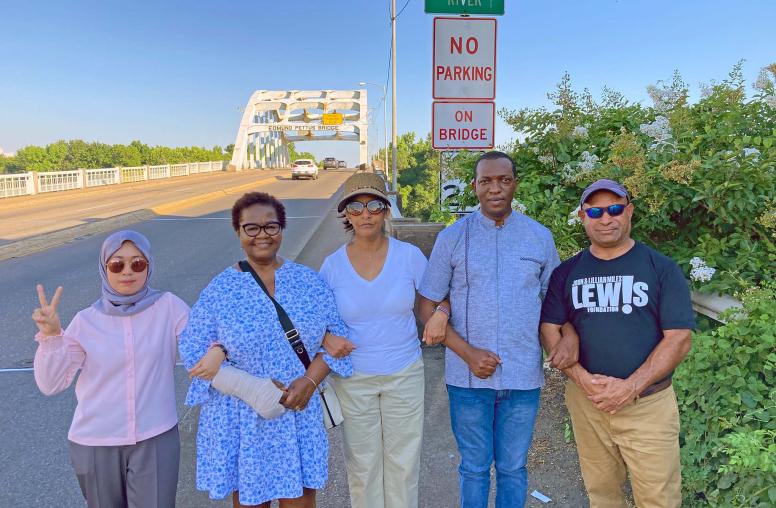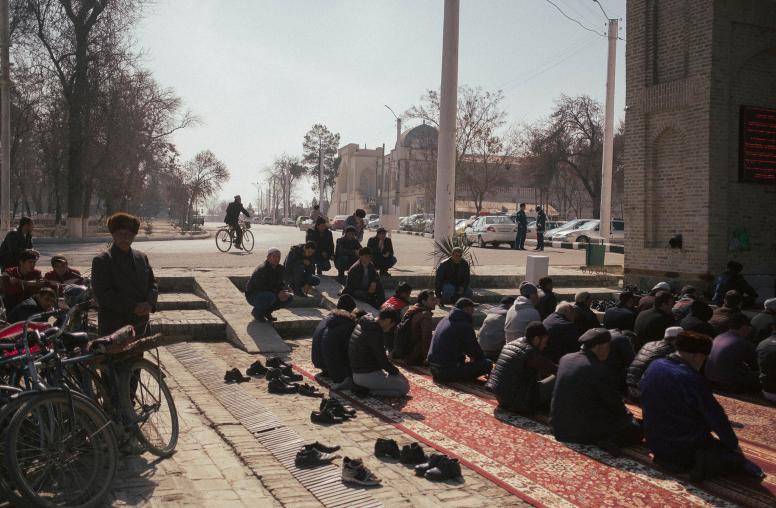Governance, Corruption, and Conflict
Corruption exists in all societies but its cost are particularly high for states emerging from conflict. Not only can it retard development but it can also create further instability. This study guide will help students understand the relationship between corruption and conflict and learn about ways to address corruption and promote good governance.

This study guide series is designed to serve independent learners who want to find out more about international conflict and its resolution, as well as educators who want to introduce specifics topics in their courses. The main text of each guide briefly discusses the most important issues concerning the topic at hand, especially those issues that are related to the critical task of managing conflicts and building international peace.
Features of the study guide include:
- Main text that discusses the challenges of governance, corruption, and related issues that play significant roles in confronting corruption and managing conflict.
- A glossary of terms.
- Discussion questions and activities to encourage critical thinking and active learning.
- A list of readings and multimedia resources for additional investigation and learning opportunities.
The study guide can be used by teachers and students to:
- Increase understanding of the complex environment of conflict and dealing with governance and corruption.
- Become familiar with strategies for conflict prevention, management, and resolution.
- Develop students’ analytical reading, writing, and research skills.
- Reinforce students’ abilities to produce a work product using traditional and electronic means of research, discussion, and document preparation.
- Locate lessons, bibliographic sources, factual materials, and multimedia resources to assist students in writing essays for submission to the National Peace Essay Contest.
Download the study guide
The study guide is in PDF format. To view or print it you will need the free Adobe Acrobat reader.
- Governance, Corruption, and Conflict (396 KB)



